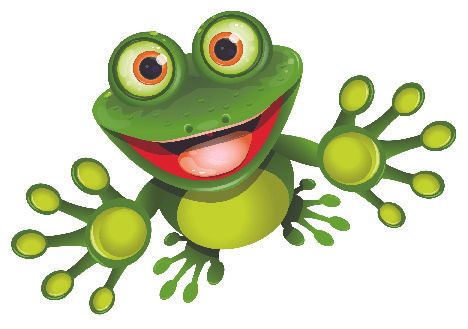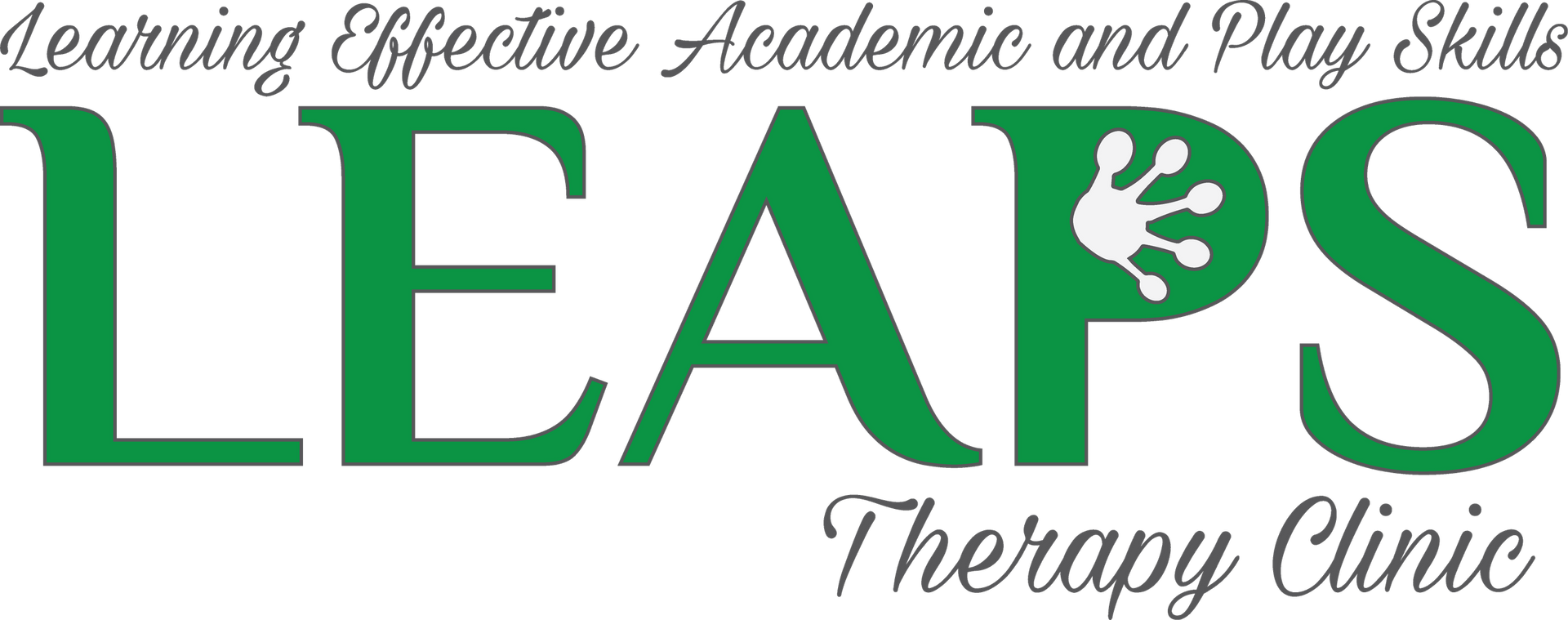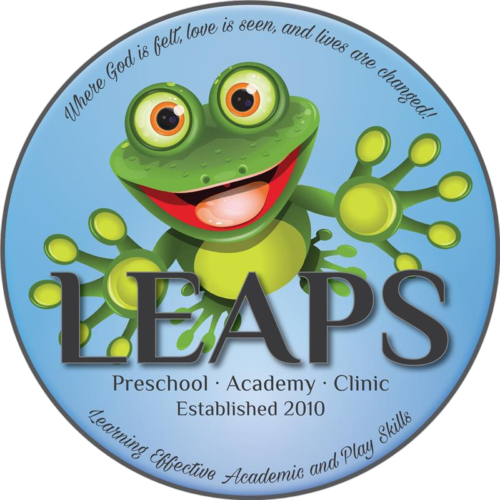
Unlocking Communication Through Speech Therapy
At LEAPS Therapy Clinic we believe strong communication skills are key to a child’s growth and connection with others. Every child develops at their own pace, and some may benefit from extra support with speech, language, and social interaction. Our team is here to nurture those skills, helping children express themselves with confidence and engage meaningfully with the world around them.
At LEAPS Therapy Clinic, our expert speech-language pathologists are passionate about helping children build strong communication skills in a supportive and engaging environment. Our speech therapy services focus on enhancing speech clarity, early literacy, feeding, and swallowing abilities. We provide individualized support for children with diverse communication styles and needs, including autism, developmental differences, receptive and expressive language delays, apraxia, motor speech differences, hearing loss, articulation and phonological patterns, fluency, and social/pragmatic language development.
Speech therapists can assist patients with a variety of conditions such as:
- Apraxia
- Articulation Disorder
- Auditory Impairments
- Autism Spectrum Disorder
- ADHD
- Cleft Lip or Palate
- Developmental Delays
- Fluency Disorders
- Resonance or Voice Disorders
- Learning Disabilities
- Swallowing Disorders and Other
Some of the Interventions for Speech Therapy:
- Articulation/phonological intervention to address errors in speech sounds
- Receptive and expressive language interventions
- Oral motor therapy to further strengthen muscles for improved speech and swallowing
- Pragmatic language and social skills
- Augmentative and alternative communication
- Reading and writing development (literacy skills)
- Aural rehabilitation for children who are deaf, hard of hearing, or have cochlear implants
- Feeding and swallowing therapy

Speech and Language Developmental Milestones
Each child is unique and may meet certain milestones earlier or later than others. If you feel your child is not meeting many of the milestones within their age range, contact our speech-language pathologists to see if an evaluation may be helpful.
Birth to 3 Months
3–6 Months
6-12 Months
12-18 Months
18-24 Months
2-3 Years
3-4 Years
4-5 Years
Our dedicated speech pathologists at LEAPS Therapy Clinic are here to guide your child’s journey in speech and language development. Call us today at (205) 884-7621 to schedule an evaluation and see how we can help!

